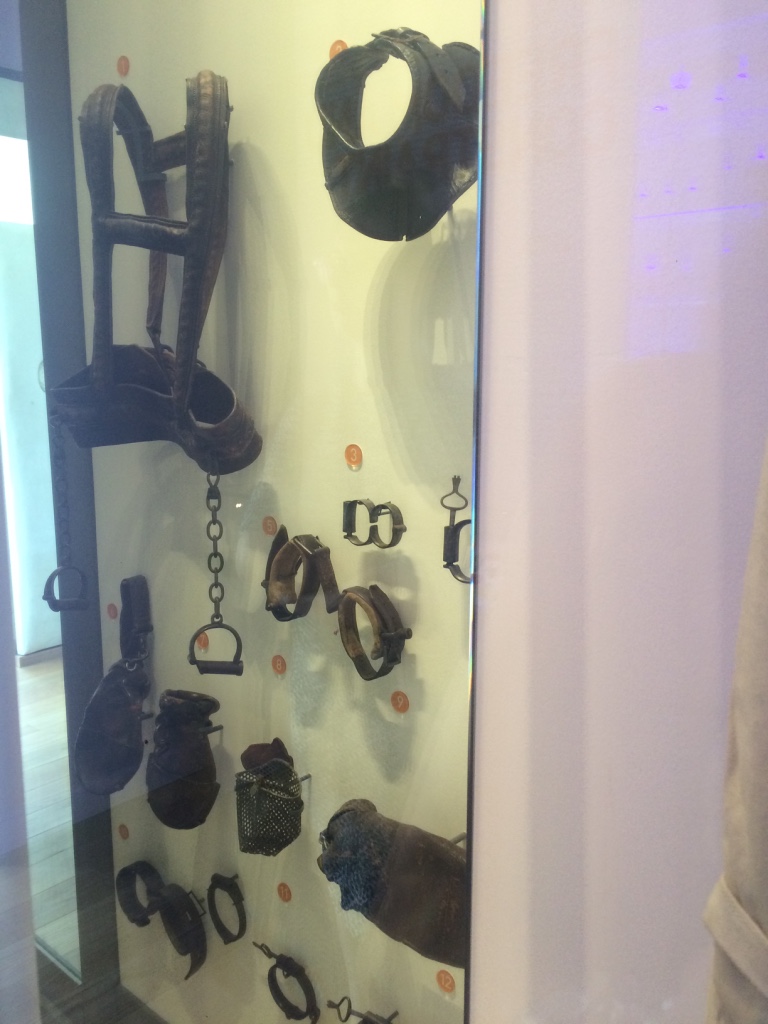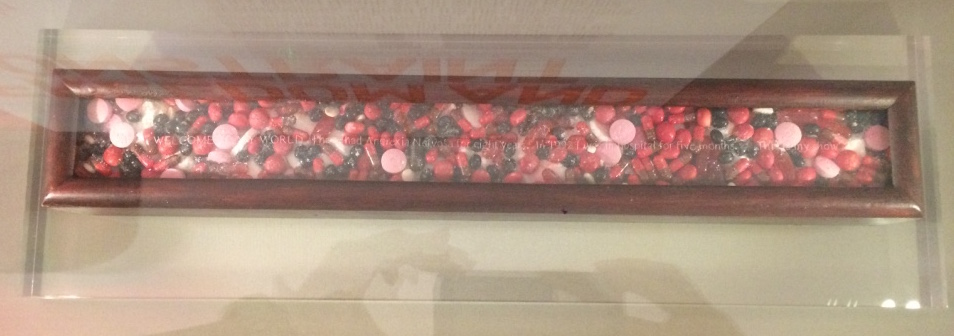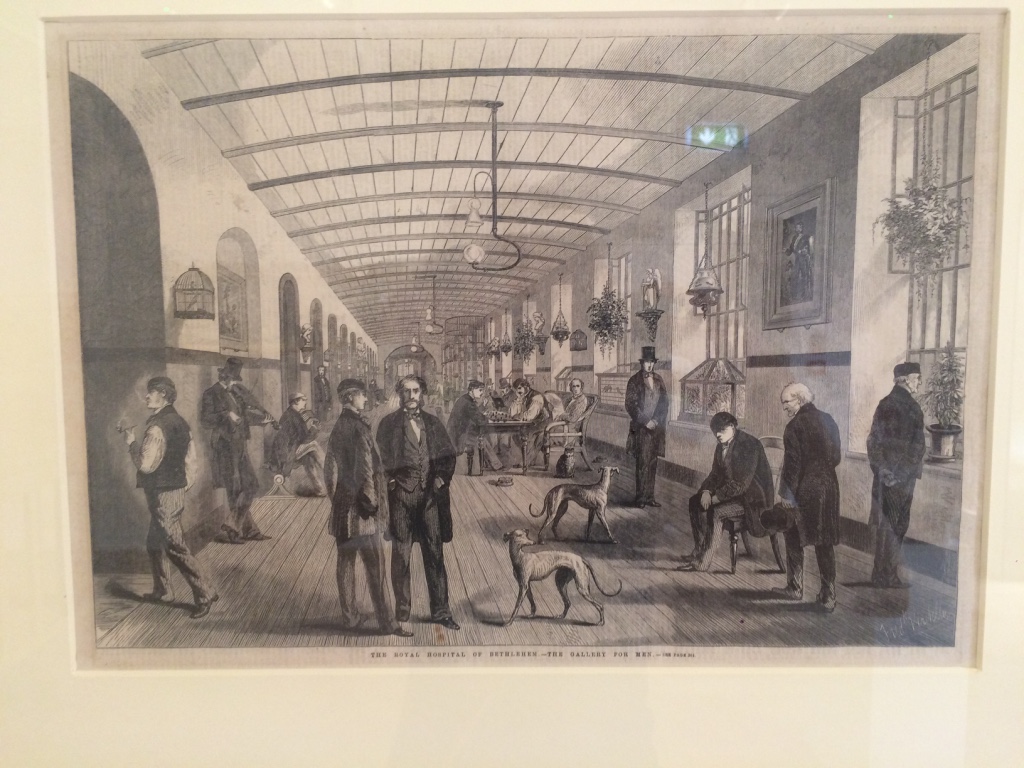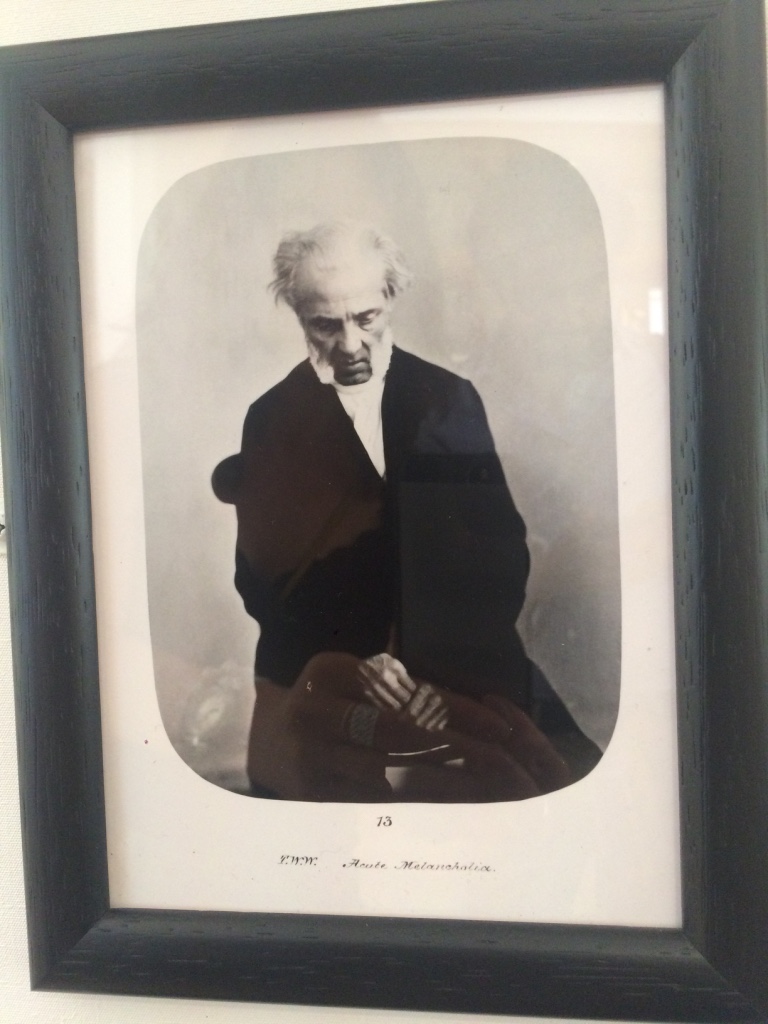The idea itself that there should be a kind of healing practice specifically devoted to mental well-being, or the health of the soul – a ‘psychotherapy’ – is a historical and cultural product, as such subject to all the variations the ideas of ‘mind’, ‘soul’ and medical cure undergo from context to context and from a historical period to the other. On 3-4 April 2017 I was very lucky to be part of a meeting at Glasgow University devoted to mapping some of the transformations, as well as the aspects of permanence that can be found in human culture in this respect: ‘Other Psychotherapies', organised by a combination of scholars in history of science, psychiatry, and ancient medicine: Sofia Xenofontos, Gavin Miller, Cheryl McGeachan, and Ross White.
The conference explored different psychotherapeutic models, contexts and concepts of the curability and pathology of mental suffering. The organisers put together 27 papers from a great range of topics and cultural environments, managing to raise a discussion much wider that the individual academic specialism, and touching on the key methodological challenges faced by the anthropologist, literary scholar, or historian trying to describe forms of healing of mental disturbances in different cultures. This breadth of the material analysed and the richness of examples and perspectives in this conference was a rare treat, as was the shared discussion reaching beyond the surface interest, or the curiosity that unfamiliar cultural systems may arouse in an audience. There was much to learn from every panel.
One could divide the topics and approaches discussed as follows – with, of course, overlap and crossing in most cases:
1. papers addressing the particularities of specific geographical and cultural contexts
2. methodologically focused interventions
3. talks cutting through the surface to explore the complexity and variety necessarily co-present in a society at a given time
4. presentations on particular mental syndromes and mental experiences, variously located in the spectrum between health and disease
5. specific therapeutic cultures and modalities
6. psychotherapeutic theories and practices of the ancient world
The anthropologist Claudia Lang gave the opening talk on ‘Theory and practice in Ayurvedic psychotherapy’, reporting on her own field experience in a clinic in India and sketching an introduction to the principles of Ayurvedic medicine and psychotherapy. Under the label of ‘local adaptation’ of a given paradigm of care for one’s mental health other geographical contexts were analysed: China (with Hsuan-Ying Huang, ‘Setting Psychotherapy Fees amid China’s Psycho-Boom: A Case of Unintended Localization’; Boon-Ooi Lee and Laurence J. Kirmayer, ‘Dang-Ki Healing: An Embodied Relational Healing’, and Xiaojiao Wu, ‘A study of the interaction between Western psychotherapy and psychotherapy of Traditional Chinese Medicine in China’); South-Africa, through the first person experience of an initiate in indigenous rituals among South African tribes (Lila Lieberman, ‘The Alchemy of Ceremony: Initiation as the gatekeeper of perception’), and the healing powers she acquired through it; as well as European phases closer to our official medical context, or other individual examples: Vasia Lekka on ‘The first steps of Psychoanalysis in the Greek society: the first Psychoanalytic Group (1946- 1951)’; Katerina Liskova on ‘Sex at a different time and place. Sexual therapies in 1970s Czechoslovakia’; Sarah Phelan, ‘Deciphering the Dream Books: Avenues to the Psychosocial in 1930s Glasgow Psychiatry’; David Freis, ‘Journey to the Centre of the Soul: Fischl Schneersohn’s Psycho-Expeditions between Modern Psychology and Jewish Mysticism’; Sarah Phelan, ‘Deciphering the Dream Books: Avenues to the Psychosocial in 1930s Glasgow Psychiatry’; Hazel Morrison ‘Changing landscape of therapeutic health care, Henderson, dynamic psychiatry, early twentieth century Scotland’; Irene Delodovici, ‘Body, gaze, alienation. Franco Basaglia’s phenomenological psychiatry’.
The exploration of different cultures of mental health and therapy is a delicate and potentially risky task, involving more than competent information about each specific environment, if one wants to avoid reducing the otherness of diverse approaches to mental health to ethnic curiosity. All speakers in the event were aware of the pitfalls in this research area: in particular, Jonathan Coope discussed ‘Exploring nature-connectedness as a “frame” for our dialogues between Western expertise and traditions from other spatially or historically distant cultures’ and Laurence J. Kirmayer, with his ‘Culture as Healing in Indigenous Mental Health’ brought the example of his own experience with clinic psychotherapy among indigenous communities in Canada, a great illustration of the necessary practices, and the challenges posed by patients who share an ethnic identification other than the dominant one.
Part of this methodological discussion was yet a further sense in which ‘other’ can be understood: not only geographical, historical or cultural variation but also stratification and sub-grouping within the same society. Some of the most useful talks were those exposing this complexity, one inherent to any culture and society at a given time - although accessible only with great difficulty when it comes to ancient worlds. In this sense, Robert Young discussed the ‘communities’ of self-harming young individuals, probing the concept of ‘subculture’ for this phenomenon (‘Is subcultural psychiatry a useful concept and can subcultural identity be useful in reducing harm?’); Sue Smith spoke on yet another circumscribed social category, war veterans suffering from PSTD (‘Rehabilitating the Mind: Avatar (2009) and Inception (2010) and the science fiction imagining of lucid dreaming in the psychotherapeutic treatment of Post Traumatic Stress Disorder (PTSD) in the American military’), and Elizabeth Roxburgh explored for us a variety of anomalous experiences (‘Anomalous experiences and mental health’) including within the category forms such as paranormal perceptions and experiences, and variations in one’s sense of identity (such as identification with animals).
Most of these interventions implicitely argued for a continuist view of the range between ‘healthy’ and ‘ill’ when it comes to mental life, proposing to reframe the often dominant clinical, but also lay evaluation of non-conforming human experiences as simply pathological. Another group of papers discussed individual experiences and therapeutic possibilities precisely in a non-dichotomic perspective: Louise Boyle, ‘“I’ve just got to keep myself together …”: The psycho-social geographies of living and coping with Social Anxiety Disorder’; Candela Sanchez-Rodilla Espeso, ‘Other psychotherapies: Therapeutic relationships to landscapes for panic disorder sufferers’. A speaker also shared his personal experience, Michel Syrett (‘Other Psychotherapies: A Service-User’s Experience’), offering remarkable insights into the role played by familial narratives in his understanding of his own mental history. A focus on a specific therapeutical method was offered by Jennifer Lea, who discussed meditation and mindfulness in theory and practice (‘Building “A Mindful Nation”? The use of mindfulness meditation in educational, health and criminal justice settings’).
An ‘otherness’ twice removed from us as audience is that of ancient Graeco-Roman cultures; although their psychologies contributed fundamentally to the vocabulary and categories of modern Western approaches to mental health, they remain opaque to us vis-à-vis the real human subjectivities they appear to refer to. Six speakers explored ancient ideas, from the philosophical contexts (Bernhard Kaiser, ‘Handling negative emotions – the role of Socrates in Plato’s Gorgias’; Anastasia-Stavroula Valtadorou, ‘Platonic Philosophy as a Form of Psychotherapy: The Case of Plato’s Symposium’; and Georgia Mouroutsou, ‘Marcus Aurelius’ Meditations: The Transformation of the Present Moment in Moral Progress’), to medicine (Peter Singer, ‘Ancient psychotherapies: Galen on physical disease and philosophical intervention’; Chiara Thumiger: ‘Therapies of the word in ancient medicine’) to tragedy (Sophie Mills, ‘“Look upon it closely and learn more clearly”: Tragedy and the “Talking Cure”’).
As one of the participants put it, this meeting was one of these rare cases in which a conference becomes more of the sum of its parts; ideas, questions and corrections to one’s views were offered by the discussion and by the dialogue between one paper and the next; especially, it came out very clearly that including as much as possible of the widely human variations and commonalities into any approach to the mind increases the power of cultural-historical analysis, as well as improves operative efficacy and even the understanding of one’s own ‘mental health’.


























